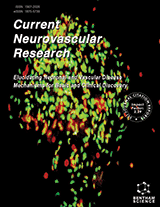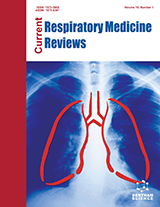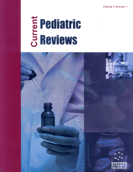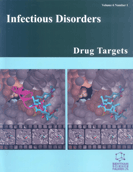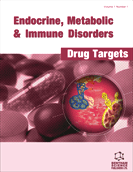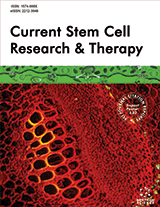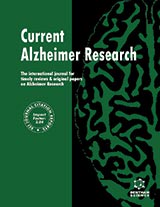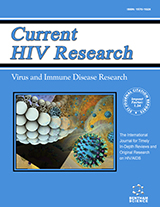Abstract
Background: In the past several empirical studies have examined the relationship between non-suicidal selfinjury (NSSI) and affect inexpressivity, and have provided mixed results. This led us to the hypothesis that there exist two groups of self-harmers (HS and PS) that differ with respect to affective expression.
Methods: To test this we divided a sample of self-harmers into two phenomenologically distinct groups, based on the theory of Huband and Tantam. Subsequently these groups were compared on a number of measures that assess affect expressivity, intensity and management.
Results: No difference in affect expression was found between the group of self-harmers as a whole and controls, but a significant difference was obtained for the subtypes. Moreover, one group (PS) was characterized by a significantly higher negative affect intensity and diminished management of emotions, while the other group (HS) scored significantly higher on positive affect intensity.
Conclusion: Differences in affect expression were only found in the subgroups of NSSI. In the total group of self-harmers this effect was levelled out. This finding underscores the importance of distinguishing subtypes of NSSI.
Keywords: Non-suicidal self-injury, deliberate self-harm, emotional expressivity, alexithymia, emotional intensity, subtypes, emotional management.









